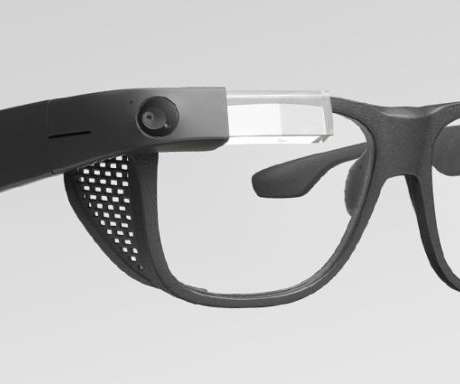A Complete Guide to Virtual Reality
XR Today - Virtual Reality
OCTOBER 31, 2022
Over the years, technology has become smaller, lighter, more comfortable, and with faster processing, breathing life into the virtual world. Also, unlike augmented reality (AR), which people can access via smartphones and smart glasses, VR relies on larger headsets and controllers to interact with fully-immersive virtual worlds.











Let's personalize your content